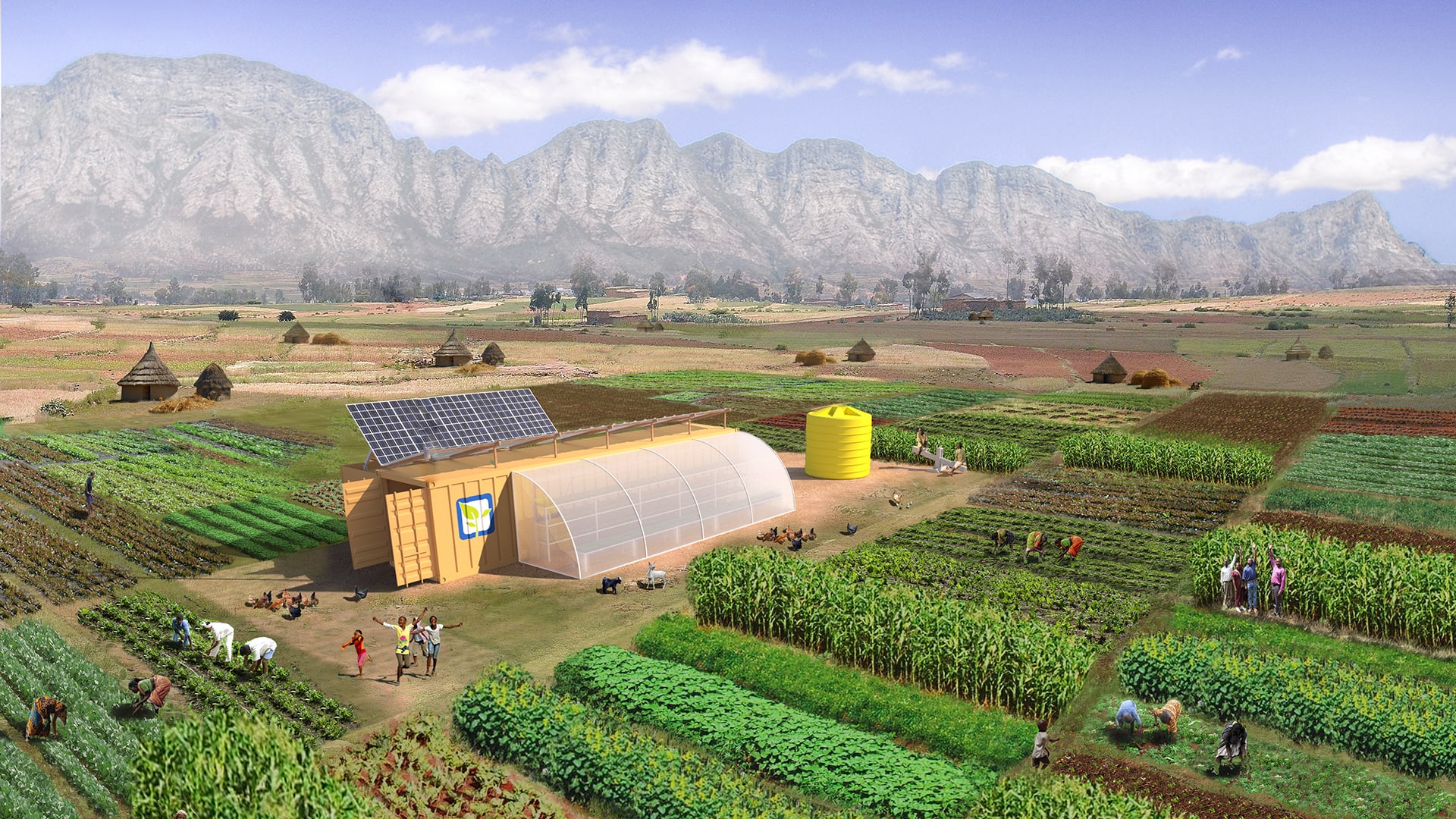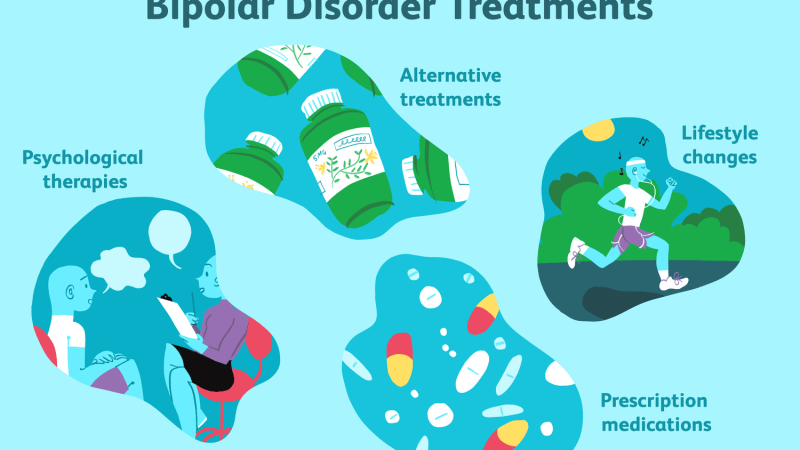In today’s world, agriculture is facing a pivotal transformation. As climate change accelerates, traditional farming practices—once considered sufficient—are no longer sustainable. Enter Sustainable Agriculture Farming: a holistic approach that balances food production with environmental responsibility. It’s not just about growing crops or raising animals; it’s about nurturing the earth while feeding future generations.
What makes this new model even more promising is the integration of renewable energy into farming operations. From solar-powered irrigation to wind turbines fueling farm equipment, modern agriculture is harnessing clean energy to reduce its carbon footprint and boost efficiency. This is not a future vision—it’s already happening around the globe.
By combining sustainable farming methods with renewable energy sources, farmers can cut costs, protect ecosystems, and create a resilient agricultural system. This shift isn’t only vital for the planet—it also benefits local communities, consumers, and future food security.
In this article, we’ll explore how modern sustainable agriculture farming is embracing renewable energy, what technologies are driving this change, and how these innovations are creating a smarter, greener farming landscape.
Why Renewable Energy Matters in Agriculture
Renewable energy isn’t just a buzzword—it’s a practical solution for farmers aiming to reduce their environmental impact. Agriculture consumes a significant amount of energy, especially in areas like irrigation, machinery, greenhouse heating, and storage facilities. Traditional fossil fuels not only pollute the environment but are also subject to price volatility and availability concerns.
Integrating renewable sources like solar, wind, and bioenergy helps farmers:
-
Lower Operational Costs: After the initial setup, solar panels and wind turbines can significantly reduce energy bills.
-
Increase Energy Independence: Farmers gain more control over their energy usage and aren’t as dependent on the grid.
-
Reduce Emissions: Cleaner energy means fewer greenhouse gases, aligning with global sustainability goals.
For example, solar-powered water pumps have become popular in regions with inconsistent electricity. These systems not only provide reliable irrigation but also reduce diesel generator usage, lowering air and noise pollution.
More farmers are now viewing renewable energy as a long-term investment that brings both economic and environmental returns—crucial for sustaining agriculture in a warming world.
Solar Power: Lighting the Way for Sustainable Farming
Among renewable sources, solar energy stands out as the most accessible and adaptable for farms. From rooftops of barns to open fields, solar panels are being installed to generate electricity for daily farm operations.
Key applications of solar power in agriculture include:
-
Solar-powered irrigation systems
-
Electric fencing for livestock
-
Lighting and heating for greenhouses
-
Battery storage for off-grid power supply
One of the biggest advantages is predictability. The sun rises every day, and in most agricultural regions, sunlight is abundant. Farmers can install panels based on their specific energy needs and scale them as necessary. Moreover, governments and environmental organizations offer subsidies and tax credits, making solar adoption more affordable.
As solar technology becomes more efficient and cheaper, it continues to fuel the transition to a cleaner and more self-reliant farming ecosystem.
Wind Energy: Harnessing the Breeze for Productivity
In areas with consistent wind patterns, wind turbines offer another excellent renewable option. While large-scale wind farms are common in rural landscapes, small to mid-sized turbines are now being used directly on farms.
These turbines can:
-
Power grain silos, barns, and dairy operations
-
Feed excess power back into the grid for financial credits
-
Serve as backup energy sources during outages
While the initial investment is higher than solar in some cases, wind energy provides significant long-term savings—especially in windy regions. Pairing wind energy with battery storage or solar systems can offer a more balanced and constant power supply, reducing dependency on any single energy source.
Biogas and Bioenergy: Recycling Farm Waste into Power
One of the most innovative developments in sustainable agriculture farming is bioenergy—the process of converting organic waste into usable energy.
Here’s how it works:
-
Animal manure, crop residues, and food waste are placed in anaerobic digesters.
-
These digesters produce biogas, a mixture primarily composed of methane and carbon dioxide.
-
The gas is then used to produce electricity or heat.
This not only cuts down on methane emissions from waste decomposition but also turns a potential environmental hazard into a renewable energy source. It’s a win-win for farmers: managing waste responsibly while generating clean power.
Small-scale biogas units are especially helpful in rural areas where waste disposal and energy access are major concerns. With the right setup, even a small dairy farm can become energy self-sufficient.
Water Conservation Through Smart Irrigation Systems
Water is at the heart of agriculture, but excessive or inefficient use threatens long-term sustainability. Enter smart irrigation—systems powered by renewable energy and guided by real-time data.
These systems use:
-
Solar-powered sensors to monitor soil moisture
-
Automated drip or sprinkler systems to deliver water precisely
-
Remote access tools for farmers to adjust settings from anywhere
By combining sustainable agriculture farming practices with solar-powered smart irrigation, water usage can be reduced by up to 60%, while crop yields remain high. This helps conserve natural water bodies and protects aquatic ecosystems.
Economic and Environmental Benefits for Farmers
Modern sustainable farming with renewable energy isn’t just good for the planet—it makes economic sense too.
Here’s how farmers benefit:
| Benefit | Description |
|---|---|
| Lower Utility Bills | Solar, wind, and bioenergy reduce reliance on costly fuels |
| Government Incentives | Tax breaks, grants, and funding programs are available |
| Enhanced Brand Image | Eco-friendly farming attracts conscious consumers |
| Long-Term Profitability | Lower input costs over time mean more stable margins |
Sustainable practices also future-proof farms against regulatory changes and climate risks, ensuring operations remain viable for the long haul.
Conclusion:
The agricultural sector stands at the crossroads of tradition and innovation. Embracing modern sustainable agriculture farming powered by renewable energy isn’t just an option—it’s an urgent necessity. It offers a scalable, responsible, and financially viable model that aligns with environmental conservation goals.
By integrating clean energy, optimizing resources, and minimizing waste, farmers aren’t just feeding the world—they’re healing it. And as more farms adopt this approach, a greener, more resilient future comes into clearer view.








